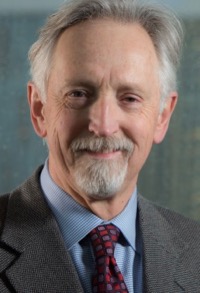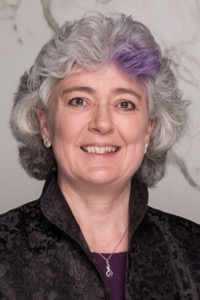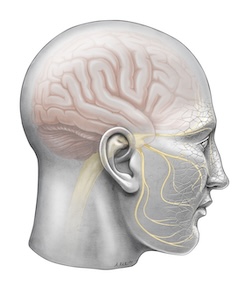Facial Pain Tool Q&A
Dr. Kim Burchiel, an OHSU neurosurgeon and one of the world’s leading experts on facial pain, talks with Shirley McCartney, Ph.D., about the facial pain diagnostic tool he developed.
McCartney is the director of clinical research at the OHSU School of Medicine’s Department of Neurological Surgery. She and Dr. Burchiel have worked together on many facial pain studies.

Shirley McCartney, Ph.D.: Can you tell us what you are trying to accomplish with your system for classifying facial pain?
Kim J. Burchiel, M.D.: Trigeminal neuralgia has been known for over 300 years. Despite this long record, there has never been a study done that definitely shows how TN behaves over the life of the patient. The goals of my classification system are not pathophysiologic; they are pragmatic and patient-oriented. My idea is to glean what we can from the history of the patient, and make the best diagnosis possible.
McCartney: How is this system different from other methods of diagnosing facial pain?
Burchiel: Since we are, to a substantial degree, at the mercy of the patient's history and can usually make the diagnosis from the history, my goal is to codify the ways in which we establish the diagnosis by questioning the patient.

McCartney: How did you go about finding the right questions to ask the patients?
Burchiel: I had a feel for the most important questions, and early versions of our questionnaire tested these questions and others. We found that certain questions were confusing or irrelevant, and these were dropped. The 22 that are left all seem to make a difference in establishing the target diagnosis — that being the diagnosis that I would reach after talking to the patient.
McCartney: What role does the doctor have in the process?
Burchiel: The diagnostic scheme effectively takes the physician out of the process — for better or worse. The patient makes the diagnosis by the answers to the questions.
McCartney: Could you explain how it works?
Burchiel: The "rules" of the scheme define the target diagnosis. The rules are more significant than they appear at first. Trigeminal neuralgia is considered a continuum from 100 percent episodic pain to 100 percent constant pain. The only additional rule on TN is that there cannot be any history of trauma, trigeminal nerve injury (accidental or therapeutic), multiple sclerosis (MS) or facial shingles.
TN is then arbitrarily divided into TN1, which is defined as more than 50 percent episodic pain, and TN2, which is more than 50 percent constant pain. Trigeminal neuropathic pain, or TNP, is considered any chronic facial pain resulting from non-therapeutic, that is, unintentional, trigeminal system injury. This can occur from facial trauma, prior ENT or oral surgery procedures, or other causes.
Trigeminal deafferentation pain, or TDP, is considered to be any chronic (long-term) facial pain resulting from therapeutic, that is, intentional, trigeminal system injury. This can occur from rhizotomy, radiosurgery, tractotomy and other causes.
Post-herpetic neuralgia, or PHN, occurs only after an obvious infection with herpes zoster (shingles) in the eye and forehead. A history of multiple sclerosis indicates that the patient may have "symptomatic TN," or STN.
McCartney: At this point, where do you see this project going?
Burchiel: I see this as several opportunities. First, I see patients making their own diagnosis. This will empower them to seek information about that diagnosis and to find the right specialists to help them. This will hopefully lead them to earlier, more effective and less complicated therapies.
Secondly, I see the advantage that we clinicians can now start talking about facial pain in a consistent manner. It will allow the doctors to begin to compare results in a meaningful way, since we all will be using the same diagnostic scheme. This will allow us to compare our results based on the specific diagnosis of the patient.
For patients
Call 503-494-4314 to:
- Request an appointment
- Seek a second opinion
- Ask questions
Location
Parking is free for patients and their visitors.
Center for Health & Healing Building 1
Neurological Surgery, eighth floor
3303 S. Bond Ave.
Portland, OR 97239
Map and directions
Refer a patient
- Refer your patient to OHSU.
- Call 503-494-4567 toseek provider-to-provider advice.
Facial pain tool

Use our interactive questionnaire to assess the kind of facial pain you have and to learn about treatment options.